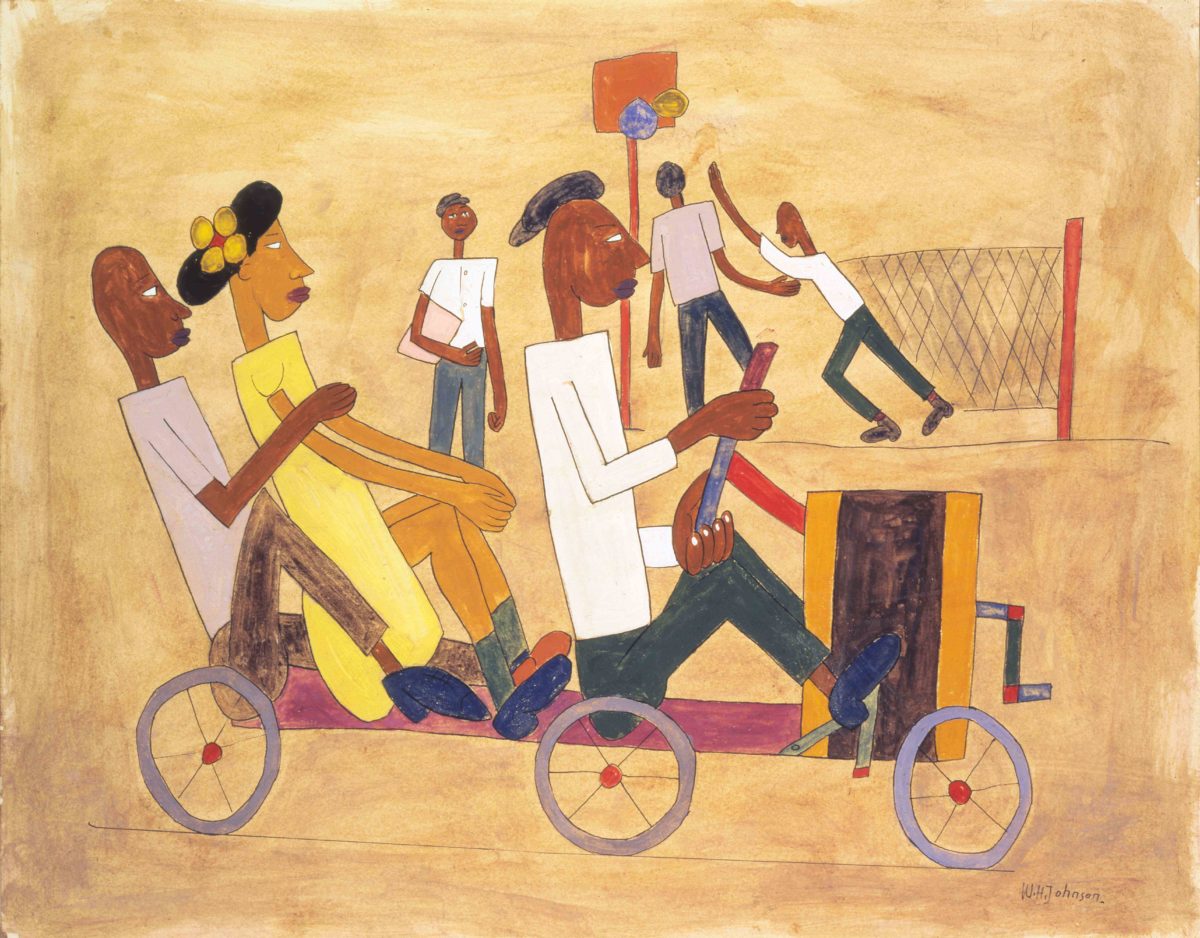Looking to Learn: How Visual Thinking Strategies Shape Young Artists and Thinkers
In our Lower School art room, students from Kindergarten through 5th Grade kick off every class the same way: three quiet minutes of looking at a single image.
Why?
Because looking—really looking—is where thinking begins. It’s part of a powerful method called Visual Thinking Strategies (or VTS), and it’s helping our students become sharper observers, stronger communicators, and more thoughtful people.
What Is Visual Thinking Strategies?
Visual Thinking Strategies is a simple but smart way to teach kids how to look at art—and the world—with curious, questioning eyes.
We show a carefully chosen image and ask:
What’s going on in this picture?
What do you see that makes you say that?
What more can we find?
That’s it. The students take it from there—spotting details, making connections, and bouncing ideas off one another.
Training the Eye and the Brain
VTS helps kids slow down and really notice—a skill that’s valuable way beyond art class.
By backing up their ideas with evidence, for example "I think they're racing because the kids are leaning forward", students build critical thinking muscles.
By listening to others' ideas, they practice empathy and open-mindedness.
And by connecting what they see with what they know, they’re growing visual literacy.
Image of the Week: Soapbox Racing by William H. Johnson
One piece our students have discussed was Soapbox Racing by artist William H. Johnson. It’s full of color, energy, and movement—and perfect for sparking conversation.
Some kids saw a race. Others thought it was a basketball game. Someone noticed a figure in the background stood still. Every observation added a new layer to the story. And with each comment, students learned to see a little more.
Fun Fact: Medical Schools Use VTS Too
Believe it or not, this same method is used in over 30 medical schools, including Harvard, to help future doctors become better at their jobs.
By discussing art, med students learn to:
Observe details more carefully
Tolerate uncertainty
Communicate clearly
Practice empathy
The result? Better diagnosis, better care, and a deeper understanding of their patients.
So yes—those three minutes of looking at art? They matter.
Why We Do It
In a fast-paced world full of distractions, VTS teaches our students to:
Slow down
Look closely
Think deeply
Listen openly
It’s a small practice with big impact—not just for art, but for reading, writing, science, relationships... and life.
So next time your child says they “just looked at a picture” in art class, know this:
They were learning how to see the world a little more clearly.
Want to try it at home?
Here is the picture of Soapbox Racing by William H. Johnson. Look at this image with your child. Ask them the three VTS questions. You’ll be amazed what they notice—and how quickly you’ll start seeing more, too. 


No comments:
Post a Comment